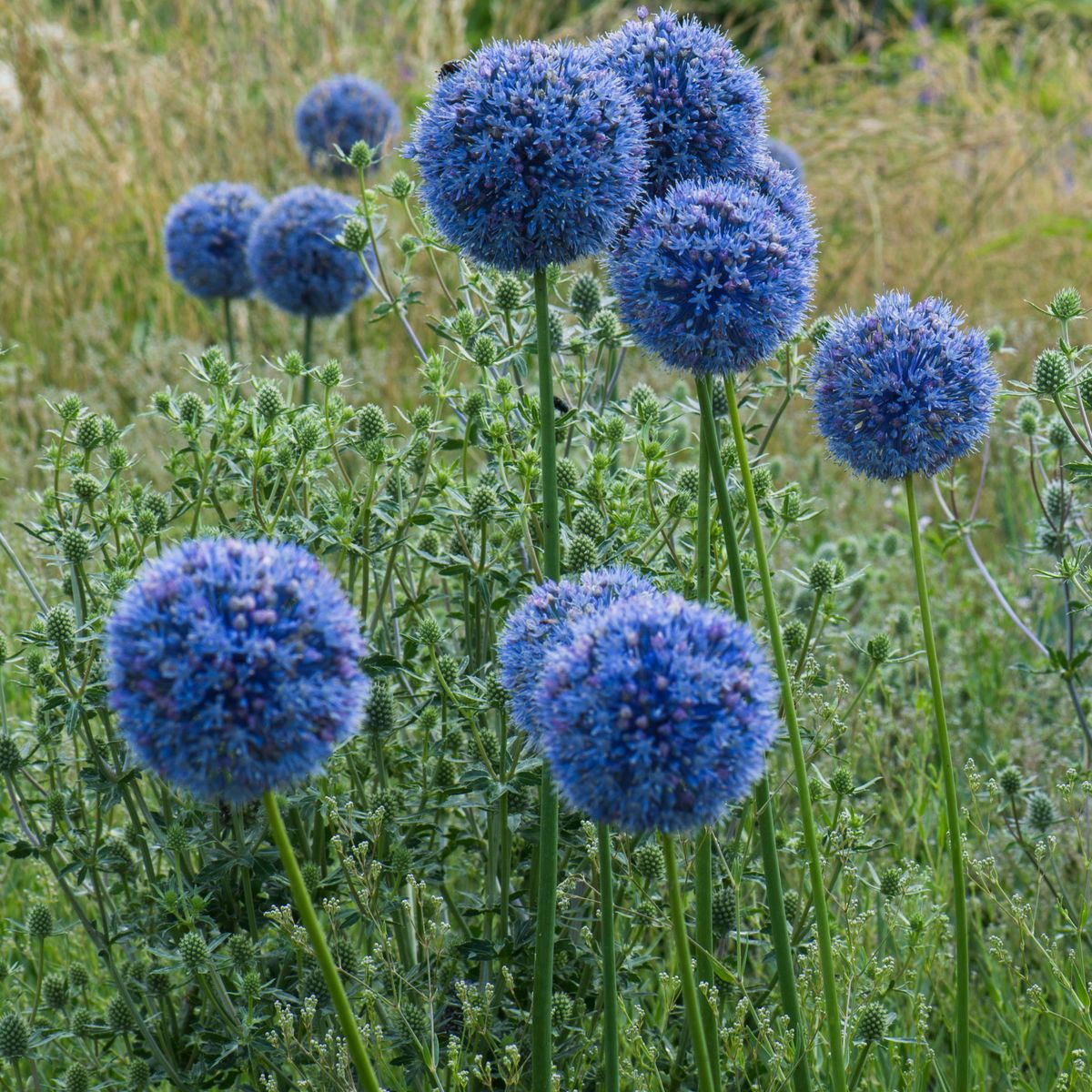![]()
The first 9-10 days of the giant pumpkin plant’s development requires special attention to ensure a good start of a properly grown seedling. An understanding, by the grower, of the development and growth of the pumpkin seedling (and the entire plant & fruit) is necessary in an effort to eliminate any variables and set goals. This is most often gain by experience as in the case of the consistent competitor, although a first-time grower can conquer these “variables” and show very well.
SEED SELECTION – it is imperative to select a variety with the genetic potential capable of producing a specimen sizeable for the competition you wish to enter. My suggestion for “World Class” competition is the Atlantic Giant. Select only full, mature, viable seed.
TARGETING SEED PLANTING – to set a seed planting date, one must review the plant’s stages of growth, day length and the date of the competition (harvest). An understanding of local weather patterns may also be an influential factor for determining when to plant the seed or better to say, when to mature the seedling to the three (3) leaf stage for transplanting. Let’s say there are three stages of the plants’ development to consider when targeting the seed planting date:
1. Seedling stage – seed planting to 3 leaf stage (9-10 days).
2. Plant growth stage – 3 leaf to fruit set date (60-70 days).
3. Fruiting stage – fruit set to harvest date (last 70-80+ days – fruit development)
To capsulate the all this targeting by example, we will say that the target date for the competition is October 12. Count back 70-80+ days to the fruit set date of July 24 to August 3. Then count back 60-70 days to the planting date of May 15-25 and 9-10 back to the seed planting date (May 5-10). In reverse – 9-10 days to 3 leaf, +60-70 days to fruit set and +70-80 days to harvest (total days seed to harvest 130-150). Too often growers start too early!
PLANTING MEDIUM – it is most advantageous to use a light medium. The giant pumpkin seed is one of the largest of the vegetable seeds, as it is the largest vegetable plant fruit. The seed has much organic matter and will take a great amount of moisture, therefore, have the potential to damp off (rot). This single factor is the reason for much seed failure when planting giant pumpkin seed. Use a mix similar to this:
1/3 vermiculite
1/3 perlite
1/3 peat moss (add a fungicide to mix)
A 9-10 day old seedling has few nutrient requirements but a small amount a water-soluble fertilizer won’t hurt.
PEAT POT – use 4 inch peat pots. Plant the peat pot and all when planting the seedling (this reduces root damage). Poke holes in the peat pot in several places at or near the bottom if no hole. The pot will hold an excessive amount of moisture if this not done. Fill the peat pot with the dry soil mix. Keep settling to a minimum.
FUNGICIDE – seed and potting mixture treatment are very important. This procedure will help control damping off, but alone without proper room temperature. moisture, and bottom heat, etc. may not be effective. Dampen the seed, then apply dry powder fungicide. Coat to the point of good coverage. When adding to the potting soil mix follow recommendations on the label; or just add a small amount.
PLANTING THE SEED – moisten the pot and medium. Initial moisture is essential to the seed, therefore moisten well the first time. The pot itself will take on much moisture (it’s actually peat – sponge), this time it should be saturated. From then on let the moisture decrease, not to show through the peat pot after watering. Plant the seed 1/2 inch below the surface with the rooting end down, crown end up.
BOTTOM HEAT – is necessary for 4-5 days to give the seed enough heat to germinate. When the main root is 1 inch long STOP BOTTOM HEATING (it will destroy roots greater than 1 inch long). Suggest you use a plastic plant flat without holes. Jugs of warm water may be the most economical way to add heat. Remember to water individual pots and keep proper moisture.
ROOM TEMPERATURE – a temperature of 75-85 degrees F. is necessary. Most ideal is 85 degrees. Please understand a higher temperature has more moisture holding capacity.
VENTILATION – air movement is necessary to help control fungus growth and supply fresh air components to the seedling. Keep in mind that the ideal conditions for seedling growth are also ideal for fungus growth.
LIGHTING – use “artificial lighting”. Fluorescent tubes 2-3 inches above the potting mixture surface and maintained at 2-3 inches above seedling stage will result in a sturdy not spindly (light-starved) plant. It is not necessary to use a “Grow Lite”, as a regular “Cool White” fluorescent tube is just fine. Full light (24 hr.) will provide the seedling with the quantity of light required. The quality of the light is maintained by the closeness of the bulb to the plant.
LIGHTING – continue to check regularly. Be careful not to over water.
PLANTING THE SEEDLING – It is not necessary to temper or acclimates the seedling over a period of time. It is important to plant on or near the target date when the seedling is at the early 3 leaf stage. Planting should be under a hot-tent or miniature greenhouse.
Good luck in this next growing season.
by Ray Waterman
![]()











